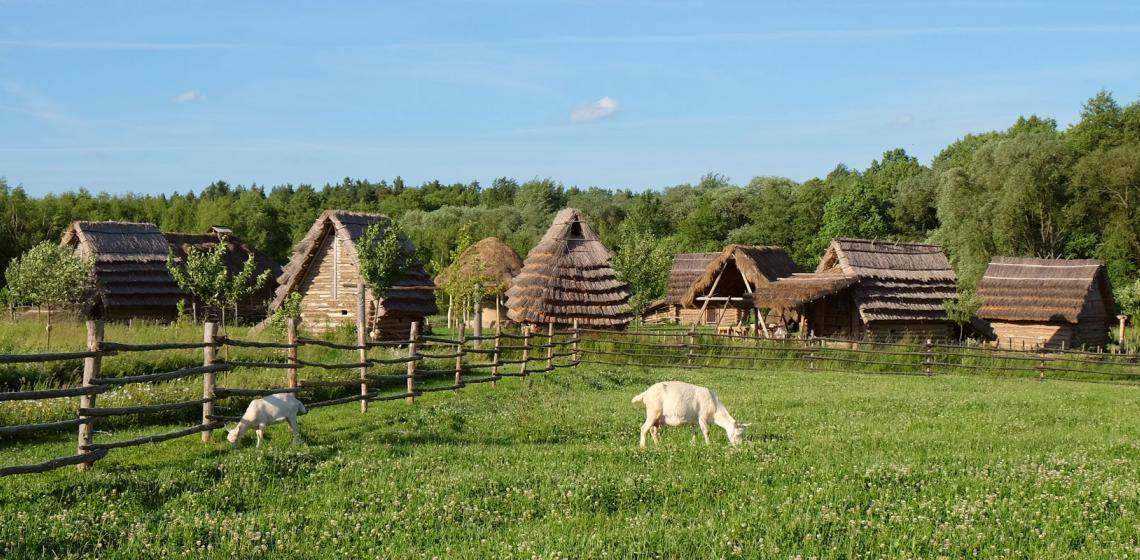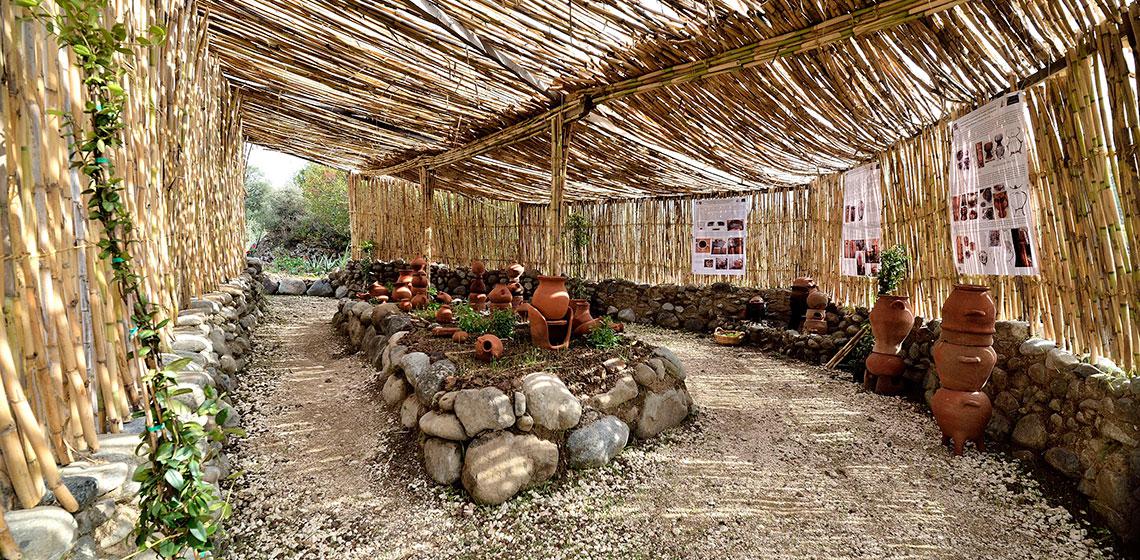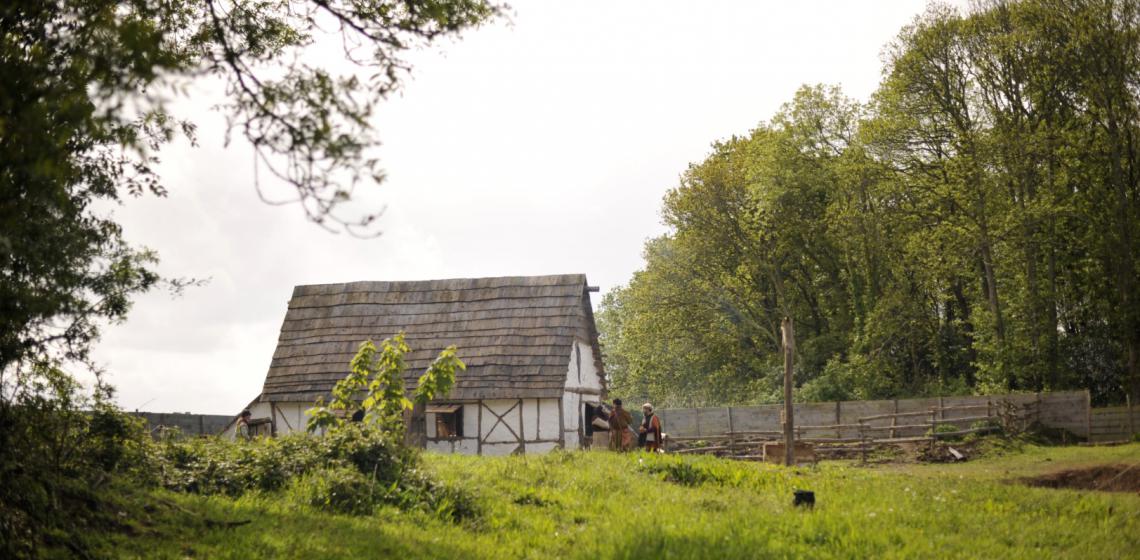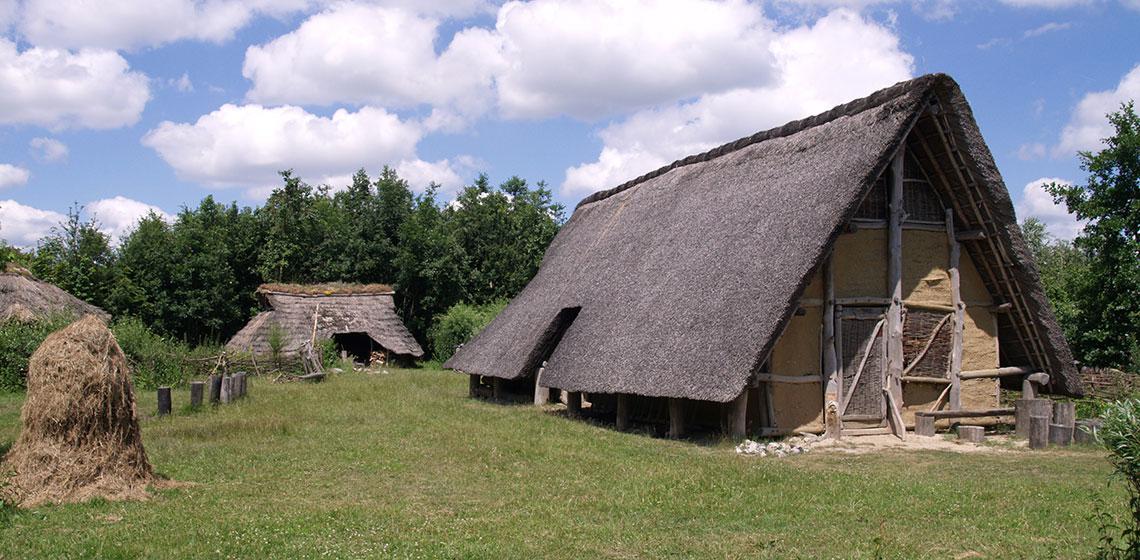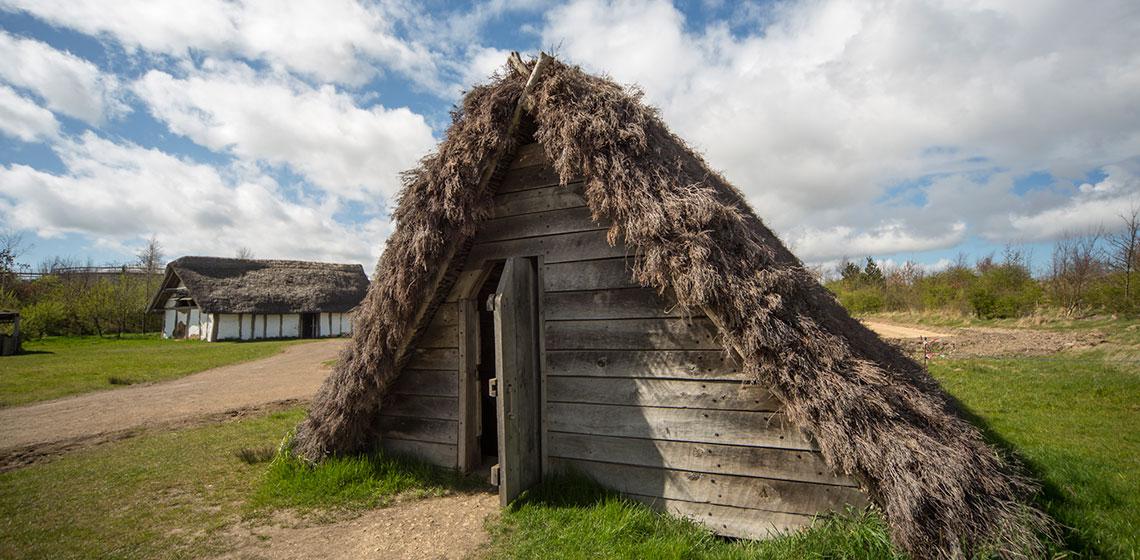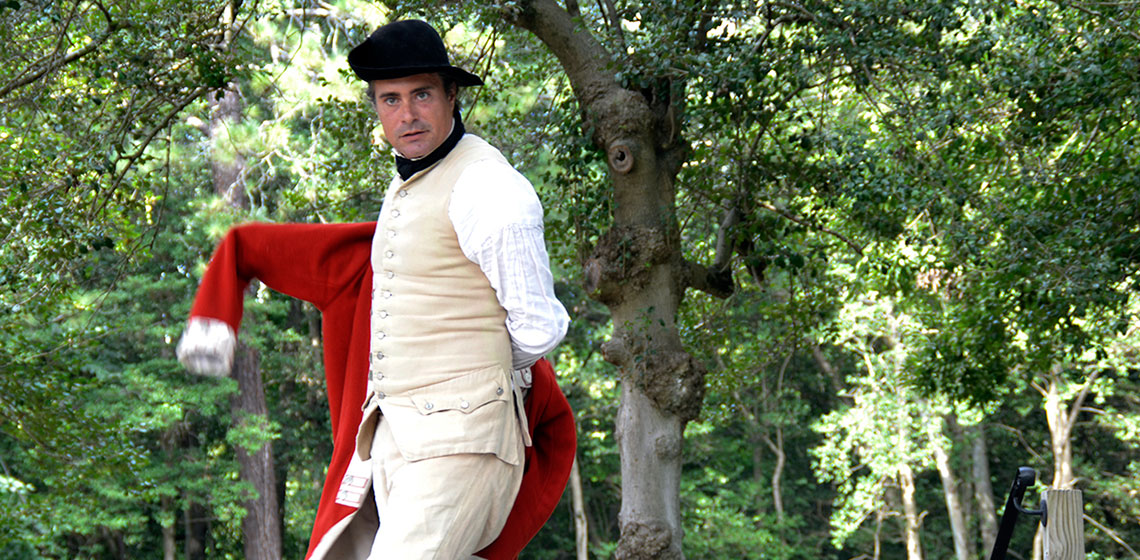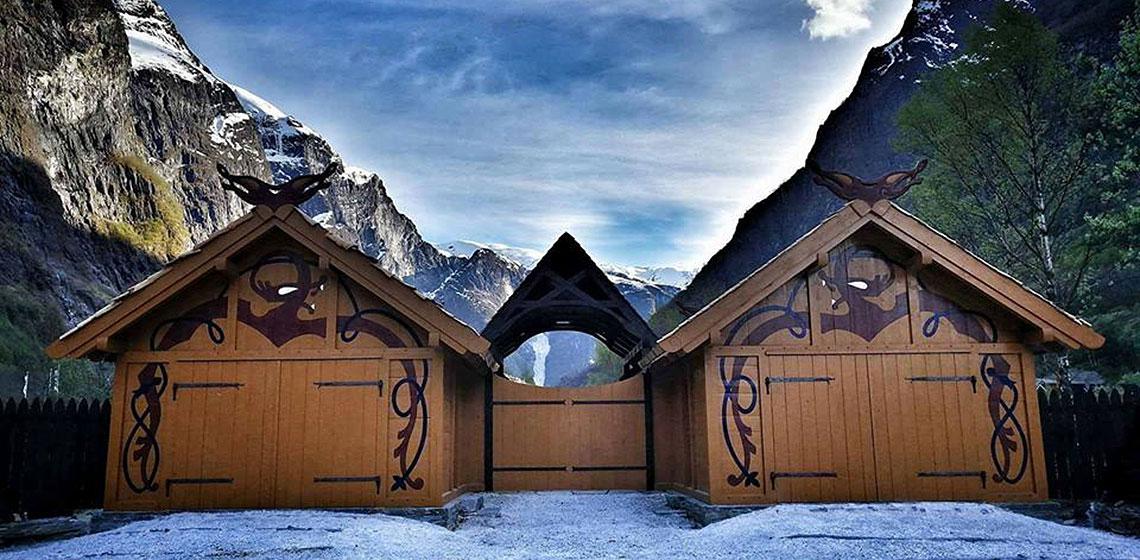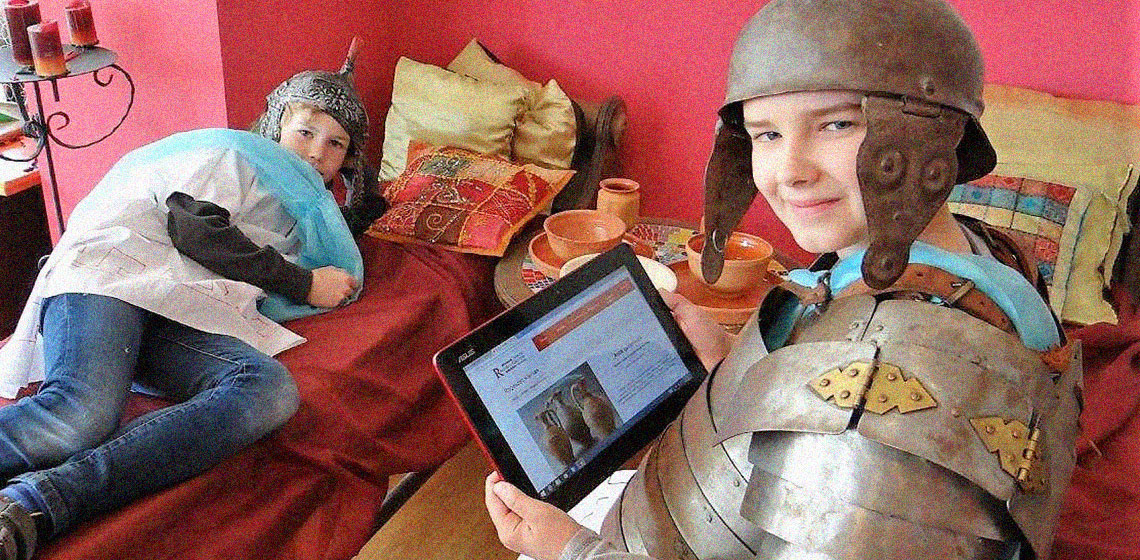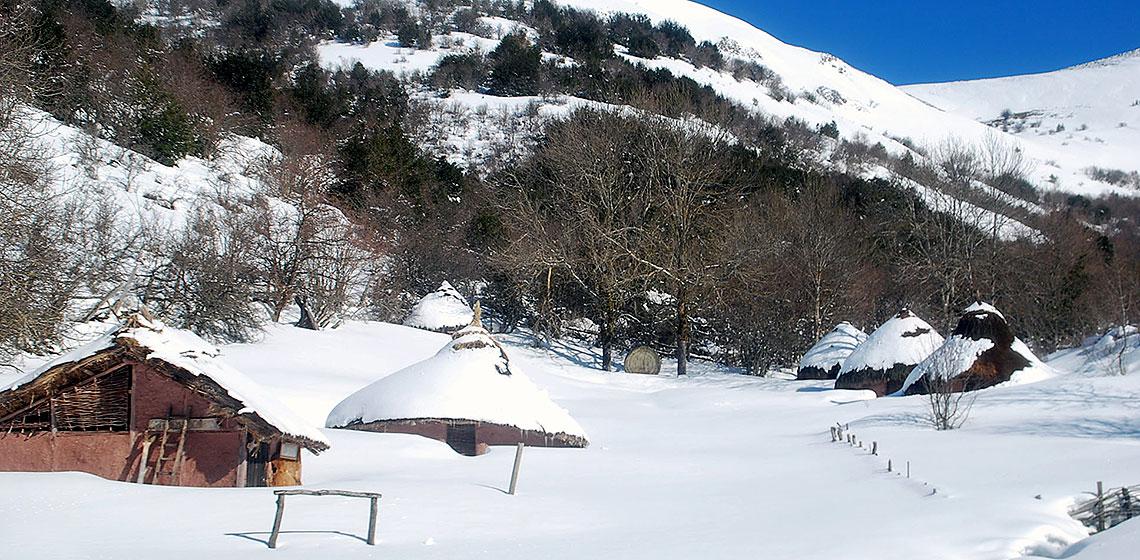The Nature Adventure Park Zeměráj was founded in 2011 by a private company, funded from private sources without any public subsidies. The Park is situated between Central and Southern Bohemia, near Kovářov village at Orlík nad Vltavou castle.
The Nature Adventure Park Zeměráj was founded in 2011 by a private company, funded from private sources without any public subsidies. The Park is situated between Central and Southern Bohemia, near Kovářov village at Orlík nad Vltavou castle. The Zeměráj Park covers an area of 9 hectares and surrounds a former farmhouse with a preserved timbered house dating back to 1640, standing at the site of a defunct water mill founded at the very latest at the beginning of the 16th century...

